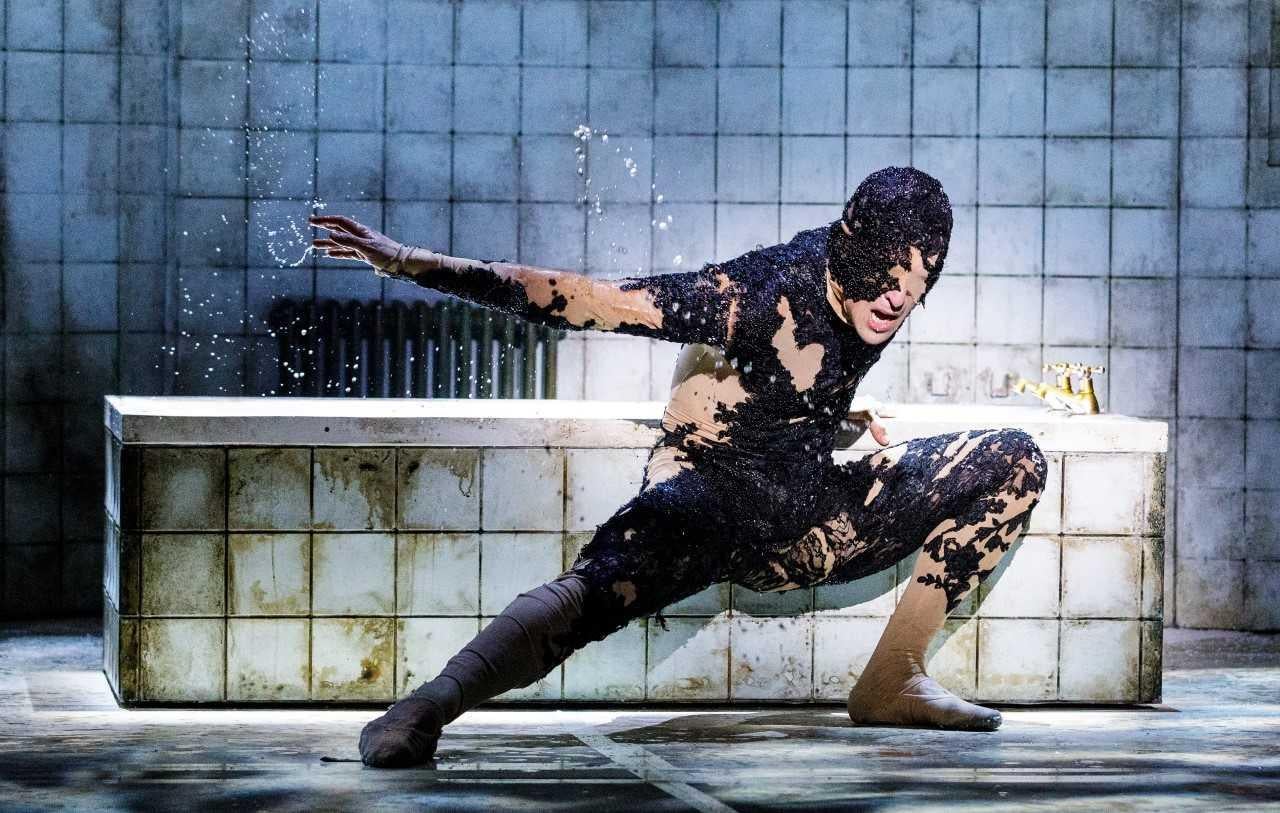The Mother review, Queen Elizabeth Hall: Feverish images spill off the stage in one of Hans Christian Andersen's most unnerving tales
As well as the poverty and sickness of Andersen’s tale, this production stresses the more everyday terrors of parenthood

Your support helps us to tell the story
From reproductive rights to climate change to Big Tech, The Independent is on the ground when the story is developing. Whether it's investigating the financials of Elon Musk's pro-Trump PAC or producing our latest documentary, 'The A Word', which shines a light on the American women fighting for reproductive rights, we know how important it is to parse out the facts from the messaging.
At such a critical moment in US history, we need reporters on the ground. Your donation allows us to keep sending journalists to speak to both sides of the story.
The Independent is trusted by Americans across the entire political spectrum. And unlike many other quality news outlets, we choose not to lock Americans out of our reporting and analysis with paywalls. We believe quality journalism should be available to everyone, paid for by those who can afford it.
Your support makes all the difference.What would you risk to protect your child? What would you give? The Mother is a danced fairy tale of nightmarish intensity. In Arthur Pita’s production, feverish images spill off the stage, while ballerina Natalia Osipova gives a performance lit up with fear and consuming need.
One of the world’s most exciting dancers, Osipova has sought out contemporary projects alongside a ballet career that has taken her from the Bolshoi to world stardom. She and Pita are regular collaborators, with successful small-scale works and the flop of The Wind for The Royal Ballet. Pita works best with tight focus and intimacy: with just two dancers, The Mother shows the best of his talent.

The Hans Christian Andersen source is one of his most unnerving tales. When Death takes her baby, a woman pursues him through a terrible journey of tests and sacrifice that include giving up her eyes and hair. In this adaptation, contemporary dance hero Jonathan Goddard plays both Death and all the characters the Mother meets on her way, from a babushka who forces her to dance to the lover who abandoned her.
Yann Seabra’s designs set the story in a down-at-heel mid-20th century. A revolving set moves from bedroom to kitchen to bathroom: though they transform into dark gardens or lakes, the Mother is still trapped in this domestic space. Thorny briars wrap around Osipova’s heroine, staining her nightdress with blood. Goddard’s babushka has a traditional dress and shawl but no face, just an eerie polished visor. He’s a mercurial, uncanny presence, from the clinical, chalk-faced doctor to the lover who is both smitten and remote.
A natural dance actress, Osipova brings a fierce power to her characters’ emotions. This work takes her into new territory, from the domestic to harrowing need. Everything that happens might be her own fever dream, her desperation given physical form. Dancing for the babushka, she finds a stomping folk-dance energy even as she tries to escape. As she runs from room to room, pursuing the sound of her crying baby, feeling chases across her face and through her body. The score, created and played live by Frank Moon and Dave Price, blends folk with electronic crackles.
As well as the poverty and sickness of Andersen’s tale, this production stresses the more everyday terrors of parenthood. In the opening scene, Osipova moves with exhausted tenderness, rocking her sleepless baby. By the end, even a glimpse of hope and joy has its own terrors: having children is giving hostages to fortune.
Join our commenting forum
Join thought-provoking conversations, follow other Independent readers and see their replies
Comments